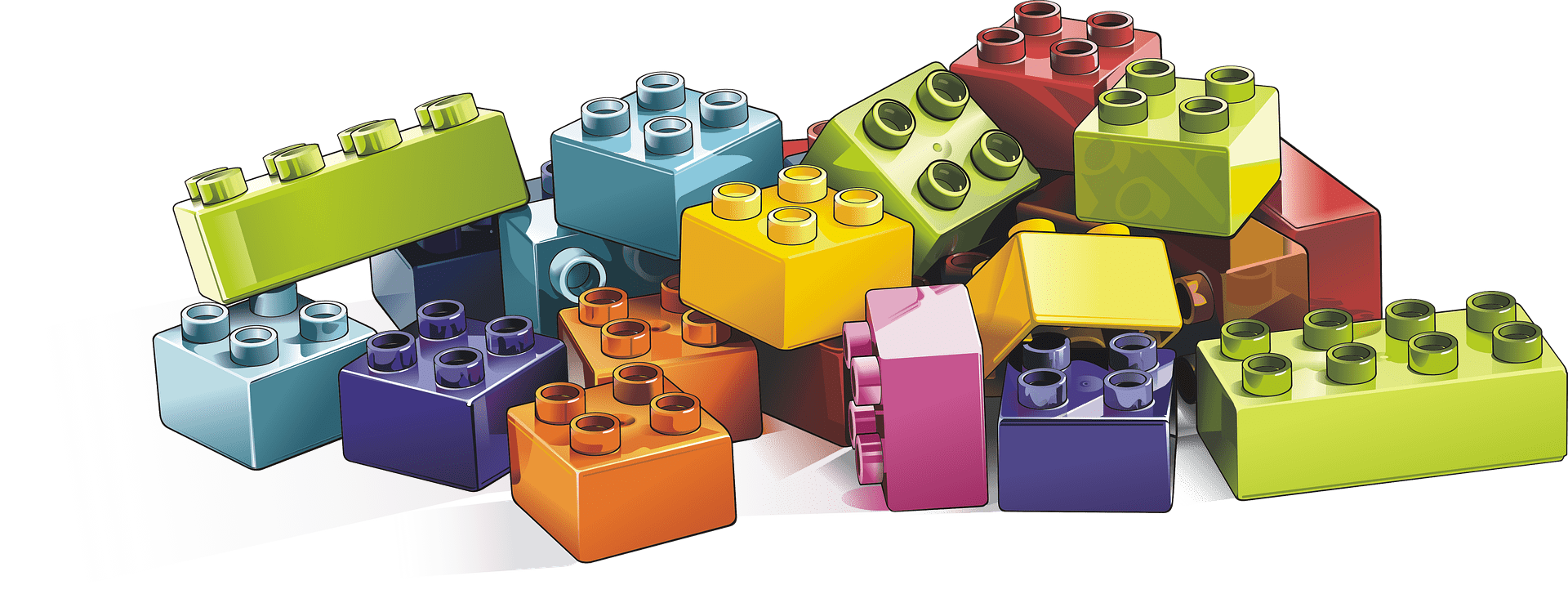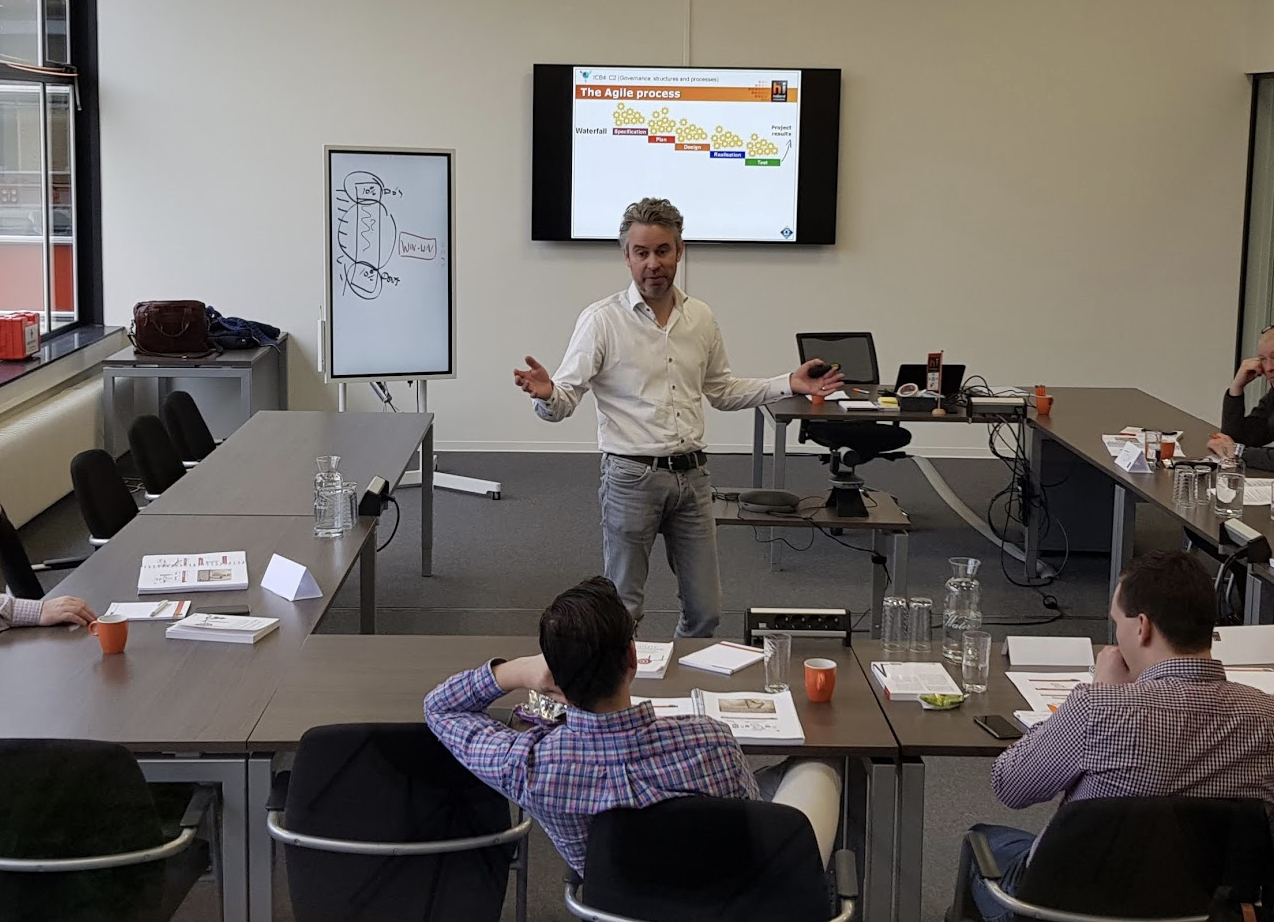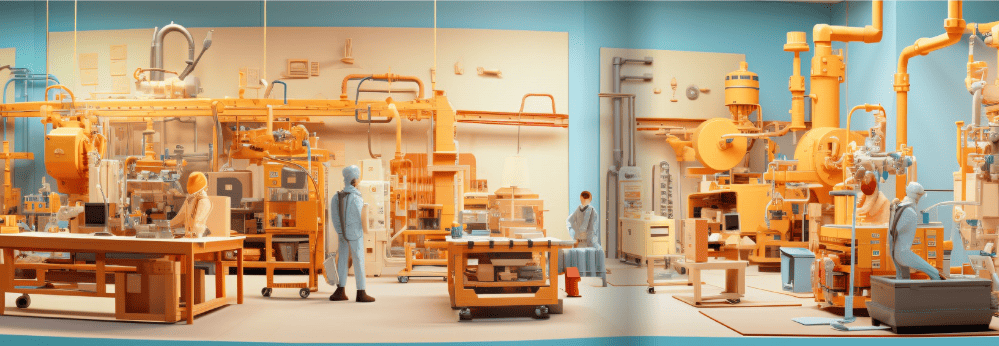
The world is in a constant state of change. In order to create that change, designers are needed. Change is at the heart of design. Whereas most people think of design as primarily an aesthetic endeavor, design is actually a discipline that involves change. Contemplating a situation, seeing possibilities for change and creating that change forms the DNA of the designer. As such, in a period of perpetual change, designers are not only a fine traveling companion, but more of a basic necessity in our lives.
The creative versus the conservative
The tricky thing is that, in general, people create change within the context of an organization, and in that organization, managers run things. Fundamentally, managers and designers do not go together very well. To managers, designers are vague and unfathomable. The design process is not very tangible to them, which makes it difficult for them to be willing to acquiesce to it. Most managers think designs tend to be very hip and good for the outside world, but internally, they immediately start talking about timetabling and budgeting.
Vice versa, most designers also don’t get along well with managers. They feel that their skills are undervalued and that they are steered by peripheral conditions rather than the significance of the design. Designers are quick to find managers conservative (while managers actually see themselves as progressive) and managers find designers mostly creative but not realistic. – As if you can save an organization from its potential downfall with a stack of post-its?!
The two Cs of creative and conservative mix up a very bad cocktail in practice. Roger Martin, described by the Thinkers50 as the world’s second leading ‘management thinker,’ describes it even as “a messy shotgun wedding.” In other words, managers and designers cannot live without each other, but they certainly cannot live with each other either.

Fundamental schism
Roger Martin characterizes this tension as a fundamental schism between the two core principles of research: reliability and validity. Martin claims that managers focus predominantly on reliability, while designers focus their attention on validity. Now it is fairly common for reliability and validity to be at cross-purposes with each other. For example, you see in neuromarketing that fMRI research on advertisements is done within a laboratory context (reliable!), but, of course, you may well wonder if you look at an ad the same way when you are in an MRI unit in a laboratory versus lounging on the couch holding a bag of chips ( = a validity quandary). That clinch between reliability and validity, Roger Martin says, is also seen in the dynamic between designers and managers.
Clash
Reliability, the manager’s focus, is all about ensuring that results are consistent, and the only way to establish such consistency is to look back and see if a result repeats itself. Validity in a design context is about creating a desired outcome and that can only be demonstrated over time. Only when you let some time pass will you learn whether the design actually did create the desired result. The clash between designers and managers is so fundamental, according to Roger Martin, because “after a point, it is not possible to increase reliability without sacrificing validity or vice versa” (Martin, 2007, p. 7). That is because reliability is more quantitatively oriented while validity is more qualitatively oriented. As such, it is a battle between the figures and the qualitative change that one wants to create. The manager wants to have proof and the designer wants to have an experience.
Building bridges
Of course, it is possible to build bridges between the world of reliable figures and the world of qualitative change, but it is not straightforward. It requires emphatic effort on both sides. Martin recommends the usual, such as deepening your understanding of the other person and his or her beliefs and learning to speak each other’s language. What I prefer to do in design thinking projects, in order to bring the two worlds together harmoniously, is to make the design process visual and tangible. I prefer to work with Lego because it allows you to make 3D models of your world of thought.
As it is a 3D model, you can walk around it together and look at the design from various perspectives (possibly with the help of De Bono’s Thinking Hats, see also this column). You can point, touch or change things on the spot together to see what impact that has on the final design.
Despite the fact that our brain is primarly visually wired, since the time of the Ancient Greeks, it has become increasingly more important to be able to express yourself in words rather than in images. But in the clash between designers and managers, the battle takes place on these very words. This is because everyone has different perceptions of the same words. Making it visual and tangible automatically creates an invisible bridge between the two worlds because they can now share the same image. And that is important. With all the crises going on in the world right now, there is not a moment to lose: we need to design change, and we need to do it now!







